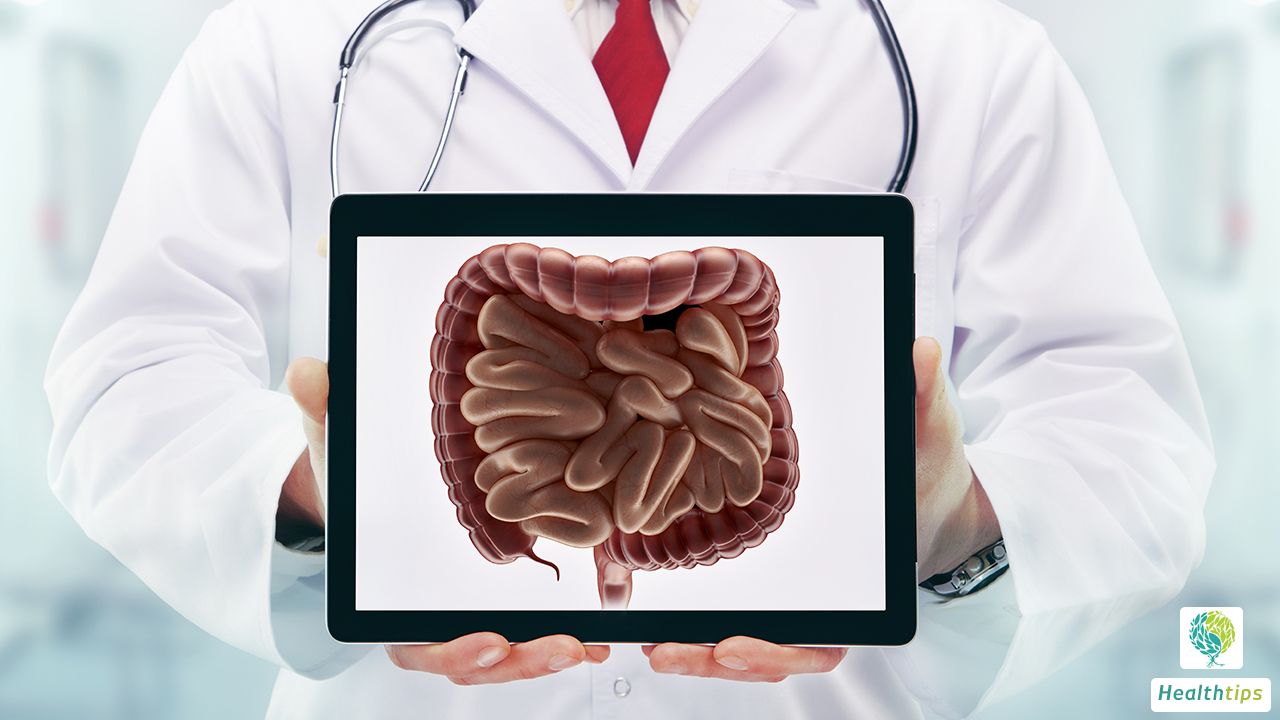Uremia is a syndrome composed of a series of clinical manifestations that occur after chronic kidney disease enters the terminal stage. The symptoms of uremia mainly include cardiovascular system symptoms, respiratory system symptoms, digestive system symptoms, blood system symptoms, neuromuscular system symptoms, etc. 1. Cardiovascular system symptoms: Patients with uremia have poor metabolic ability. When excessive metabolic waste is retained, it can cause hypertension, heart failure, uremic cardiomyopathy, and further cause chest tightness, chest pain, and other symptoms. 2. Respiratory system symptoms: Uremia can lead to decreased alveolar ventilation function, causing dyspnea and even respiratory failure. 3. Digestive system symptoms: Patients with uremia have weakened gastrointestinal motility and decreased digestive ability, which can lead to symptoms such as anorexia, abdominal distension, nausea, vomiting, and indigestion. 4. Blood system symptoms: Since the kidneys are the main organs that produce erythropoietin, when kidney function is impaired, the secretion of erythropoietin will decrease, leading to anemia, mainly manifested as pale skin, fatigue, and other symptoms. 5. Neuromuscular system symptoms: Uremia can cause neuromuscular damage, leading to limb tremors and peripheral neuropathy, mainly manifested as numbness in the limbs and even unstable walking. 6. Calcium and phosphorus metabolism disorder symptoms: Due to increased parathyroid hormone secretion caused by uremia, hypocalcemia and hyperphosphatemia may occur, causing bone pain, bone deformation, and other symptoms. In addition to the above symptoms, some patients with uremia may also experience non-specific manifestations such as fatigue, backache, fever, and skin itching. When patients experience the above symptoms, they should promptly go to the hospital for diagnosis and treatment under the guidance of a doctor. Daily attention should be paid to rest, avoid overexertion, and strictly follow the doctor's advice on medication and regular follow-up visits.


